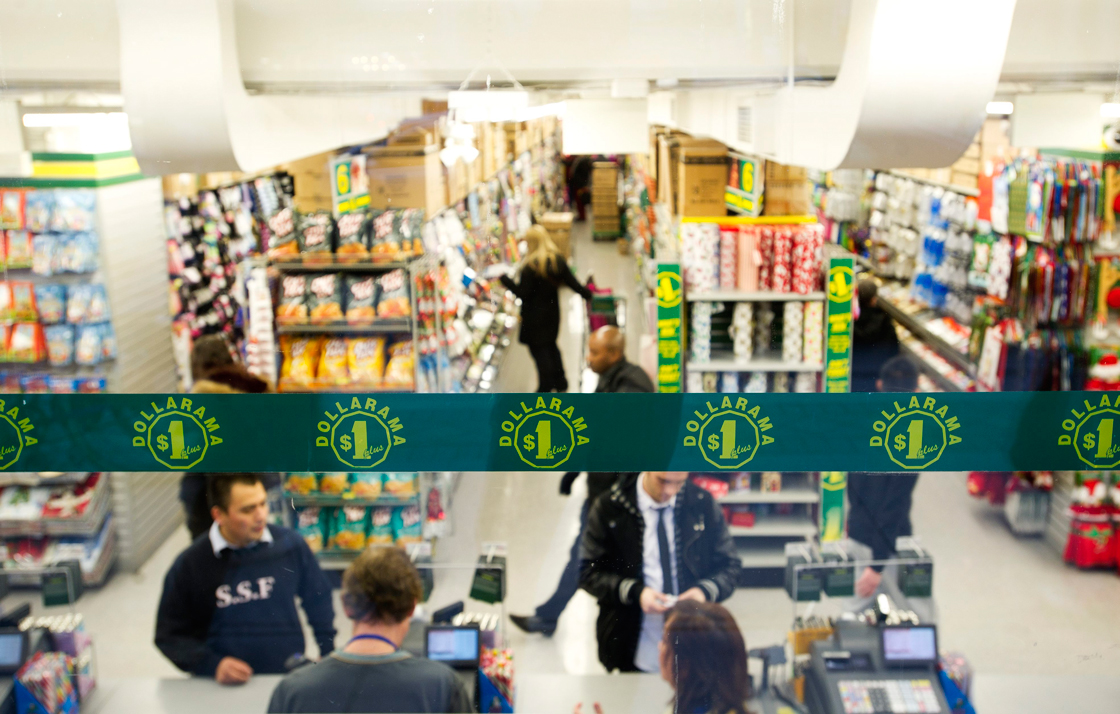Beautiful but economically sluggish New Brunswick could well be a harbinger of the dollar-store future that lies in wait for the rest of the country.

In the Atlantic Canada province — which is labouring under a 10.5 unemployment rate versus a national average of 7 per cent — Dollarama has proliferated.
At just under 28,000 persons per store, Canada’s biggest bargain chain has achieved its highest store density there with 27 locations (versus say, Ontario, with 300 locations or 45,000 per store).
But Dollarama has big ambitions of opening up hundreds of new locations over the next few years selling ultra-inexpensive kitchen wares, holiday decorations and cleaning products among thousands of other low-cost items.
And with high consumer debt levels, big mortgages that could become unwieldy if interest rates rise, as well as a weaker loonie stoking prices higher, experts say a ripe opportunity has opened up for discount chains like Dollarama as more financially strained consumers seek out cheaper alternatives.
“We note that Dollar Tree management continues to state that Canada will be able to support 1,000 Dollar Tree stores (currently at 189 store from B.C. to Ontario),” the note said.
READ MORE: Luxury retailers, Walmart winners of Canada’s widening income gap

Get weekly money news
Economists support the dollar store expansion theme.
CIBC World Markets said in March the “big winners” in Canada’s retail market this year appear to be “at the bargain end.”
Many factors are at play, they noted, but “income patterns explain some of the appeal of dollar stores.”
Mediocre wage growth has become the norm for most households in recent years, CIBC said, pushing more into bargain-hunting mode.
That’s something that won’t change until at least 2015 when – fingers crossed – broader economic conditions improve, CIBC said.
But even if the job and wage picture brightens, households still have big debts to get their arms around – especially if interest rates begin marching higher.
So it seems much of the country looks ripe to embrace what dollar stores are selling.








Comments